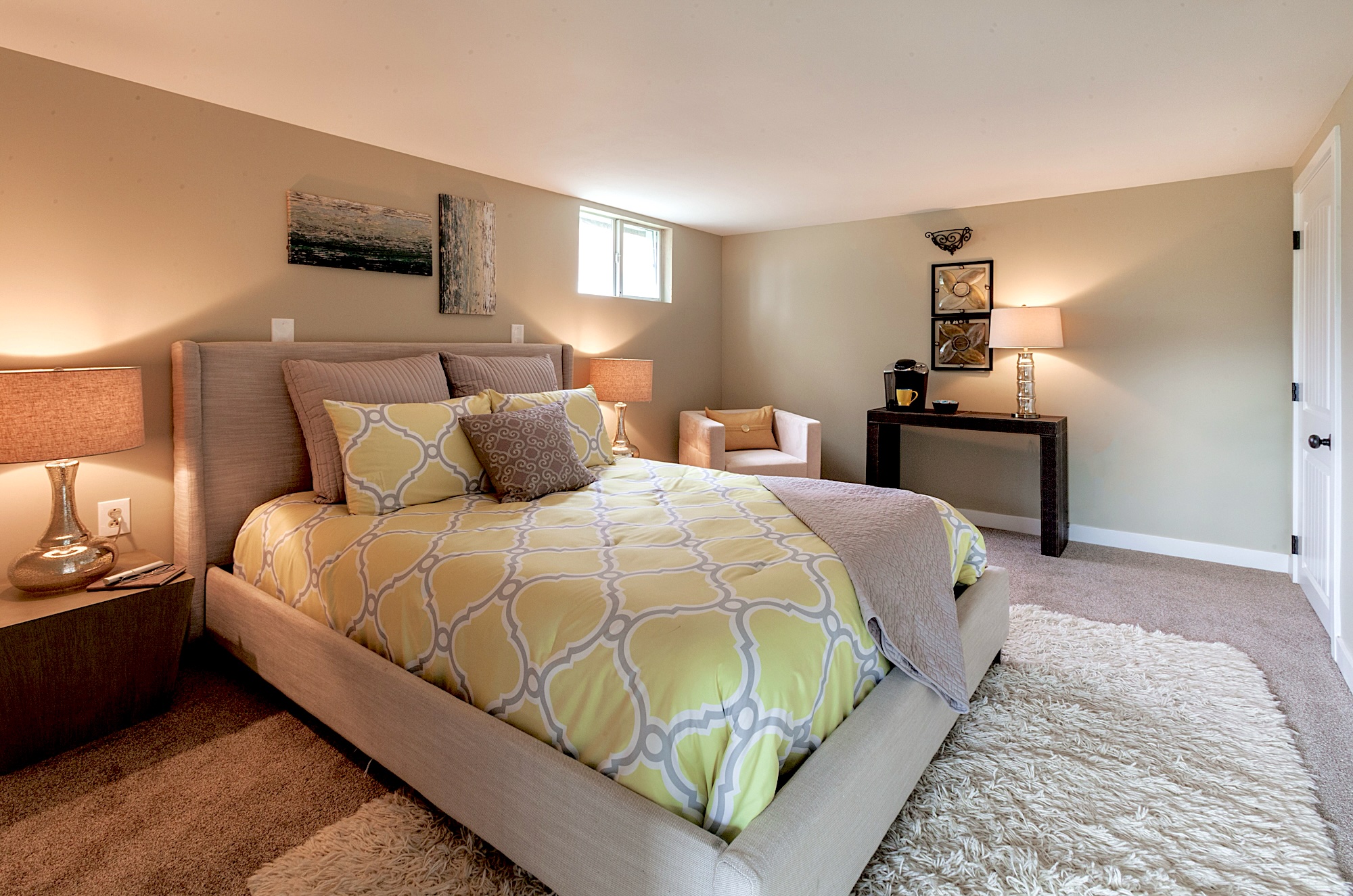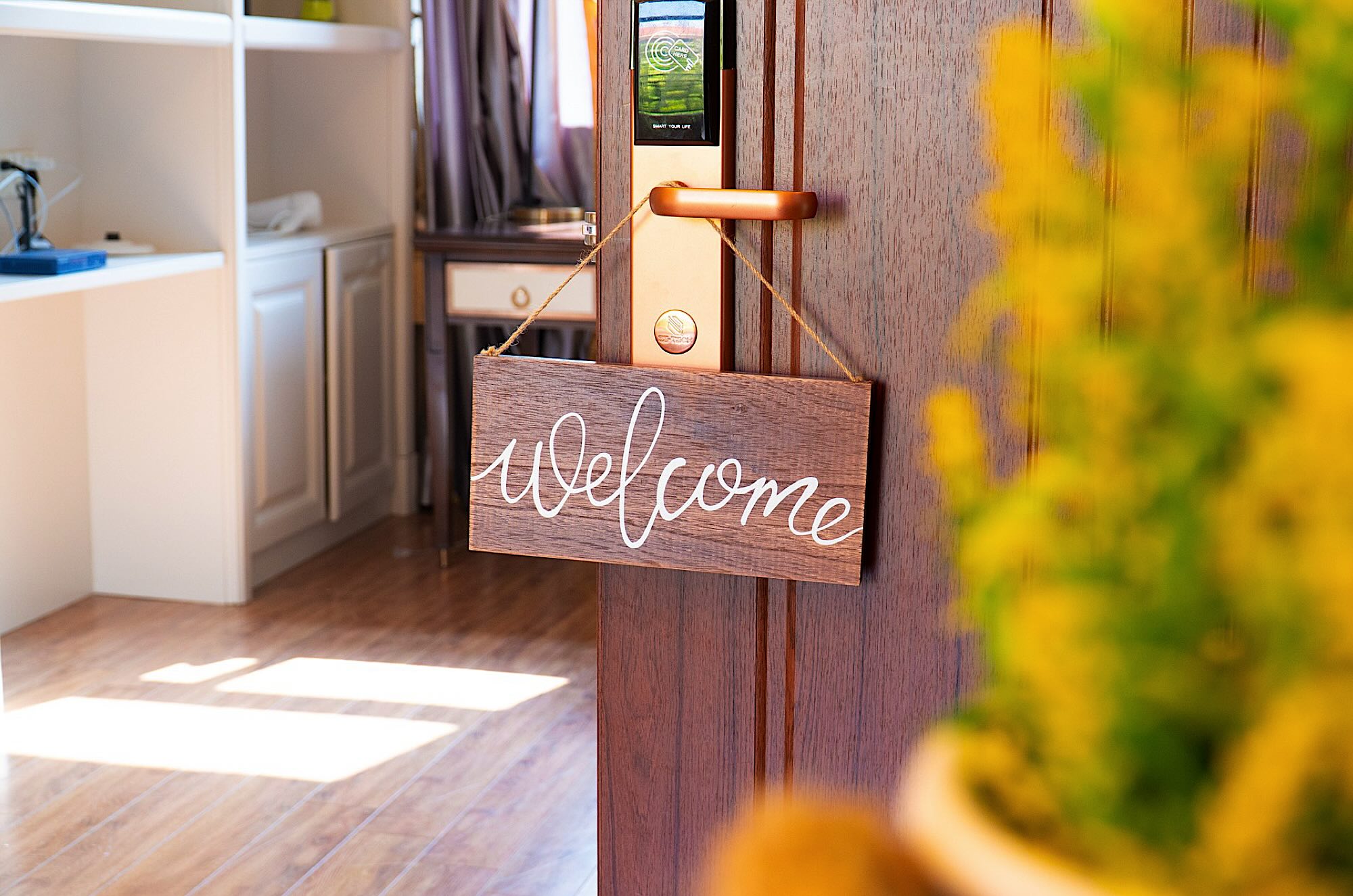If you find yourself with an extra room in your cozy abode, you might be contemplating the idea of welcoming a university student into your home. This venture can be incredibly fulfilling, both personally and financially. Not only will you earn some extra income, but you’ll also have the opportunity to assist a student in need while immersing yourself in diverse cultures and perspectives. However, before taking the leap into renting a room to a student, there are some essential considerations to keep in mind. Let’s dive into some invaluable tips and advice on how to go about it.
Prepare Your Space for a Student Tenant
First and foremost, it’s vital to ensure that the room and your entire home are welcoming, comfortable, and safe for your student tenant. The student’s comfort should be your priority. Providing some essential furnishings and amenities, such as a bed, a clean mattress, a functional desk, a comfortable chair, ample closet space, a warm lamp, quality bedding, towels, internet access, and access to laundry facilities is crucial. You might also consider making improvements or repairs to the room, such as freshening up the walls with a coat of paint and upgrading the window coverings. Additionally, you should decide whether you’d like to share other communal spaces in your home with your student tenant, such as the kitchen, living room, or backyard.
Setting a Fair Rent
The rent you charge should be fair and reasonable, taking into account several factors. Consider the location, size, condition, and amenities of your room and home. Take stock of the demand for rental rooms in your area and the average market rent for similar rooms. You can conduct research online or inquire about what other landlords are charging for their rooms in your neighborhood. Additionally, decide whether you’d like to include other costs in the rent, such as utilities (electricity, water, gas), internet service, cable TV, parking, or cleaning services.
Exploring Room and Board Options
The concept of room and board entails offering not just a room but also meals to your student tenant. This option can be quite attractive to students who prefer not to cook for themselves or those who want to experience Canadian cuisine and culture. However, keep in mind that providing room and board requires more effort and comes with added expenses. An alternative approach is a ‘family plan,’ allowing the student to either join meals or prepare their own. This offers flexibility while fostering a sense of community.
Advertising Your Room
With your space prepared and rent set, it’s time to search for potential student tenants. There are several methods to advertise your room:
- Get in touch with local colleges or universities that offer housing services to help students.
- Post an ad on sites such as YES Canada or Homadorma.
- Utilize social media platforms or apps connecting landlords and tenants, such as Facebook, Instagram, Twitter, or Airbnb.
- Display flyers or posters on bulletin boards at nearby campuses or community centers.
- Reach out to your friends, family, neighbors, or coworkers to inquire if they know of any students searching for accommodation.
Screening and Selecting a Student Tenant
After advertising, you will likely receive many inquiries from interested students. Be sure to respond promptly and warmly, offering them the opportunity to visit your space and ask any questions they might have. During their visit, give them a tour, explain the rental terms and conditions, and inquire about their background and needs. Request references from their previous landlords or teachers, proof of identity, proof of enrolment, income, and insurance. Scrutinize these documents carefully and contact their references for verification.
Signing a Rental Agreement
Once you’ve chosen a student tenant, sign a written rental agreement together. This agreement outlines the rights and responsibilities of both parties. Ensure that both you and your student tenant understand and accept the terms before signing. Both parties should retain a copy for their records.
Welcoming and Building a Relationship
Finally, extend a warm welcome to your student tenant and assist them in settling into their new environment. Offer them a key to their space and the house, show them how to use appliances and facilities, introduce them to your family or other tenants, and provide information about the neighborhood. Respect their privacy, personal space, and cultural differences. Maintain open communication, listening to their feedback and concerns. Address any issues that arise promptly and fairly.
Invite them to participate in family activities, join you for meals or outings, and celebrate birthdays or holidays together. Offer your support in their academic and personal pursuits. By building a friendly and trusting relationship, you can make their stay in your home a memorable and enjoyable experience.
Contact us for a free consultation on creating additional accommodations in your home.





